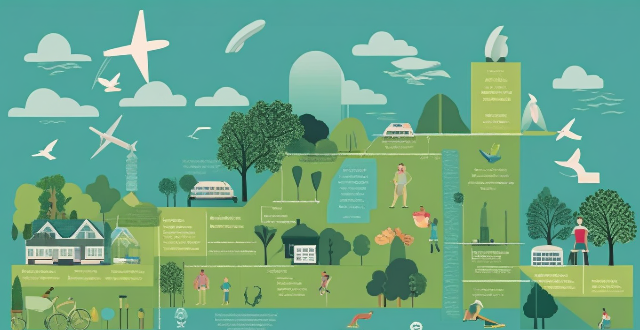Sustainable sports facilities prioritize environmental responsibility, incorporating features like renewable energy sources and water conservation techniques. Examples include the Bird's Nest Stadium in Beijing, Emirates Stadium in London, Olympic Aquatics Centre in London, Mercedes-Benz Arena in Berlin, and Allianz Field in Minnesota. These facilities demonstrate how sustainability can be integrated into sports infrastructure to minimize environmental impact while providing high-quality experiences for athletes and spectators.

Examples of Sustainable Sports Facilities
Sustainable sports facilities are designed to minimize their environmental impact while providing a high-quality experience for athletes and spectators. Here are some examples of sustainable sports facilities:
1. Bird's Nest Stadium (Beijing National Stadium)
The Bird's Nest Stadium, located in Beijing, China, is an iconic example of a sustainable sports facility. The stadium was built for the 2008 Summer Olympics and has since been used for various sporting events and cultural activities. The stadium features a unique design that incorporates natural ventilation, rainwater harvesting, and solar power systems. Additionally, the stadium uses LED lighting to reduce energy consumption and has implemented waste reduction programs to minimize its environmental footprint.
2. Emirates Stadium (Arsenal Football Club)
The Emirates Stadium, home to Arsenal Football Club in London, England, is another example of a sustainable sports facility. The stadium has implemented several eco-friendly measures, including a rainwater harvesting system, solar panels, and energy-efficient lighting. The stadium also encourages fans to use public transportation or carpool to reduce carbon emissions from transportation.
3. Olympic Aquatics Centre (London 2012 Olympic Games)
The Olympic Aquatics Centre, built for the 2012 Summer Olympics in London, showcased sustainable design principles throughout its construction and operation. The facility features a green roof system, rainwater harvesting, and energy-efficient heating and cooling systems. The pool water is recycled through a treatment plant, reducing water usage and waste production.
4. Mercedes-Benz Arena (Berlin)
The Mercedes-Benz Arena in Berlin, Germany, is a multi-purpose indoor arena that hosts sporting events, concerts, and other events. The arena has implemented several sustainability initiatives, including LED lighting, energy-efficient HVAC systems, and a comprehensive waste management program. The arena also promotes sustainable transportation options for visitors and employees.
5. Allianz Field (Minnesota United Football Club)
Allianz Field, home to Minnesota United Football Club in Saint Paul, Minnesota, USA, is a state-of-the-art soccer stadium that prioritizes sustainability. The stadium incorporates solar panels, rainwater harvesting systems, and native landscaping to reduce its environmental impact. Additionally, the stadium's concessions offer locally sourced food options and reusable water bottles to encourage responsible consumption habits among fans.
In conclusion, these examples demonstrate how sports facilities can be designed and operated with sustainability in mind. By implementing eco-friendly measures such as renewable energy sources, water conservation techniques, and waste reduction programs, these facilities contribute to a more sustainable future for sports and beyond.